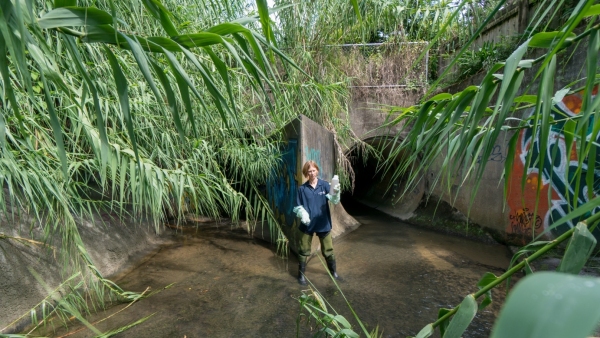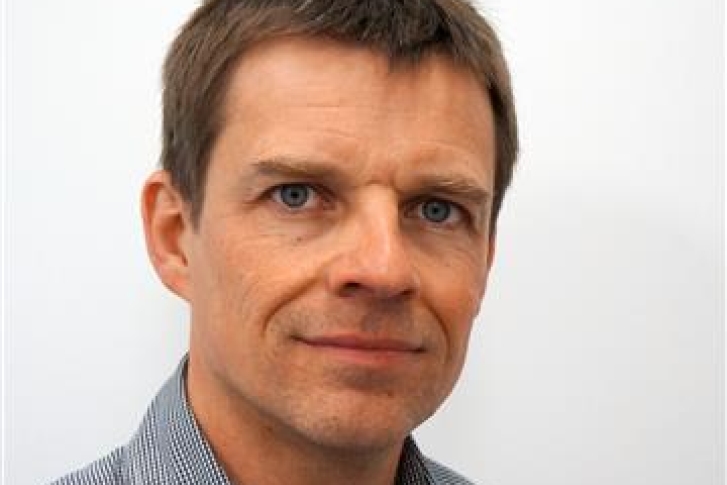The hard concrete surfaces that characterise New Zealand towns and cities are barely likely to register as a problem with most people. But they're never far from the minds of our urban water researchers.
"Instead of using impervious surfaces, you use surfaces that let water through. Instead of building wide roads and sprawling one-story houses, you might cluster houses and make them two or three stories high – accommodating the same population but in a smaller area."
Surface run-off contributes to the degraded state of urban waterways, says urban aquatic scientist Jonathan Moores.
Impervious surfaces collect oil, heavy metals, rubbish and other pollutants. They act like sluices when it rains – depositing contaminants into nearby waterways. During heavy rain storms,untreated wastewater can mix with storm water in some areas. This can also end up in urban streams and harbours.
More and heavier climate change-induced rainfall is likely to exacerbate the issue.
"If you're in a city with older infrastructure and it's already got problems with surface run-off and overflowing wastewater, that's only going to become more frequent," says Jonathan.
There is hope, though. NIWA is helping come up with a better understanding of how 'water sensitive urban design' offers a solution and is working with Landcare Research on a National Science Challenge project looking at improving uptake.
Internationally, the water sensitive approach has been around for at least a couple of decades. It's a land planning and engineering design technique that minimises the footprint of hard surfaces and uses green technologies.
"In the water sensitive approach we try and mimic natural processes – designing areas where water is directed to soak into the ground. This helps with flow management and takes advantage of the natural filtering properties of soil and vegetation.
"Instead of using impervious surfaces, you use surfaces that let water through. Instead of building wide roads and sprawling one-story houses, you might cluster houses and make them two or three stories high – accommodating the same population but in a smaller area."
Hear more from Jonathan and colleague Jennifer Gadd about the importance of urban waterways and water sensitive urban design in a brand new video showcasing our work in this area.


